Rob Detoyato's Sound Advice on Using Daguerreotype Achromat Art Lens
7 Share TweetCan’t wait to get your own Daguerreotype Achromat Lens or planning to pledge on Kickstarter? Read on for pro photographer Rob Detoyato’s technical pointers.

How long have you been a photographer?
I have been a photographer for almost ten years now. At first I started in event coverage and reportage. I eventually moved towards a more fine art approach of photography. Now I specialize in street, conceptual, and staged.
What is the pull of photography?
I love the thought that you can visually narrate a story in one image or series of images.
What have you learned about photography in your years of professional practice?
I learned that even though photography is highly technical, there is always room to experiment. I notice that the best images I have are taken when I bend or break the rules a bit. Over the years, I have come to the conclusion that if there is no risk, then it’s not worth photographing.
This lens has a fascinating history, so let’s play the association game. What came to mind when you first saw the Daguerreotype Art Lens? What is special about its build?
The design of Daguerreotype Art Lens is reminiscent of the original large-format lenses used in the 19th century, during the early years of modern photography. I particularly like the brass construction of the lens.
What did you take pictures of? What camera did you use?
I photographed a number of subjects, mostly people. I used the lens for portraits, street photography, and even reportage. I used two cameras. For my analogue photos I used a Nikon F3 and a Canon 5D Mark II for digital photos. The lens handles itself pretty well in both camera lens mounts.
Did the Daguerreotype Art Lens impart a special look to your photos? Tell us about your first photo session.
The Daguerreotype Art Lens gave my photographs what I like to call a classical look. It gave my portraits a unique organic look which you can rarely find in modern current lenses.
My first venture with the Daguerreotype Achromat Art Lens was an interesting one. I really liked how the lens on the camera felt, and being a seasoned photographer, I appreciated how smooth it was to focus. The lens did have unique properties which I needed to get used to, like the unconventional 64mm focal length. However, it was easy to get used to it.
The lens is a continuation of Lomography’s experimental tradition. What special effects have you done using the lens?
I didn’t have the chance to really go out and experiment with the Daguerreotype lens. I do love the idea that you can use aperture plates, and even make your own. I think I will do that next time I get the chance to use the lens.
In terms of your own photography needs, what is the best feature of the Daguerreotype Art Lens?
I love the fact that it can focus up to 0.4m! It allowed me to get really close to some subjects and thus permitting me to take close-up photos without the need to carry and extra macro lens.
How does Daguerreotype Art Lens differ from other Lomography Art Lenses?
As I mentioned earlier, the Daguerreotype Art Lens can focus much closer compared to other Art Lenses. This allows the photographer to get closer to his or her subject. I also think the Daguerreotype’s focus mechanism allows the photographer to focus faster whilst holding the camera+lens in a more stabilized way. This permits theoretically sharper photos. These properties make the Daguerreotype a lot more flexible when it comes to practical photography.
Why use a special lens at all?
There may be a lot of modern lenses that can outperform specialized or vintage lenses technically. However, photography, despite its huge affinity to technology, is still art. And as an artist, it is important to me to get the “look” I feel would do my body of work justice. Everything is subjective when it comes to expressing yourself. That is why I greatly appreciate the existence of special lenses. They allow me the possibility to create images in ways that are not readily attainable with modern-day, standardized lenses.
Let’s get technical. What tip would you give to a first-time user?
If you are using the Daguerreotype Art Lens with a digital SLR or mirrorless camera, then I strongly recommend using the rear LCD for focusing and composing your photos. The lens is sharp but it is really tricky to nail proper focus without the LCD screen and focus peeking. For film shooters, I would suggest using an SLR camera with a split image circle focusing screen. Remember, it is a manual focus lens, so be really careful when you focus. I find the focusing ring dampened enough for relatively quick and accurate focusing, but it does take a lot of practice to learn this, so be patient. Next would be to use a tripod whenever you can. Although taking photos with the lens handheld shouldn’t be a problem, your photos can always benefit from a stable tripod. Finally, don’t be afraid to experiment!
Visit Rob Detoyato’s LomoHome for more of his photos.
2016-05-08 #gear #ข่าวสาร #review #daguerreotype #kickstarter #achromat #artlens #lomographyartlenses #daguerreotype-achromat-art-lens




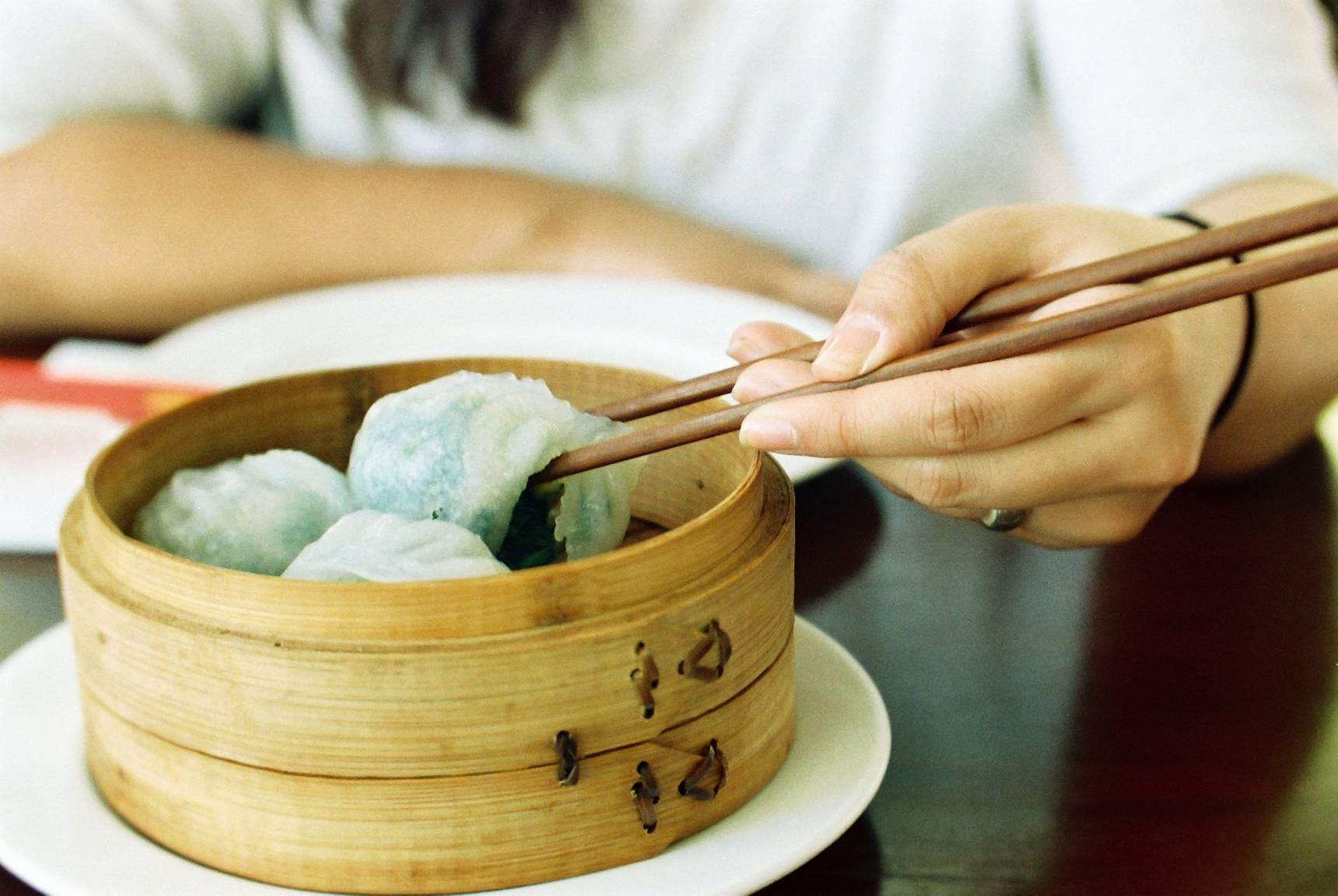




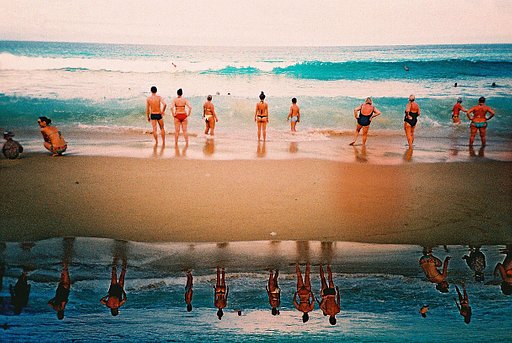





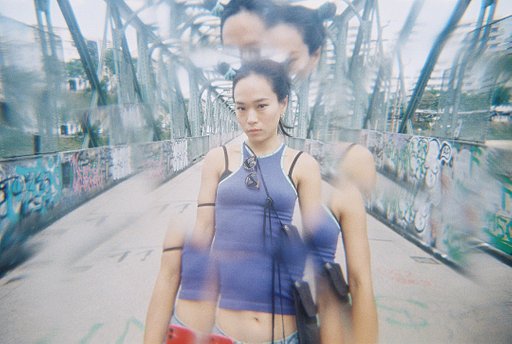


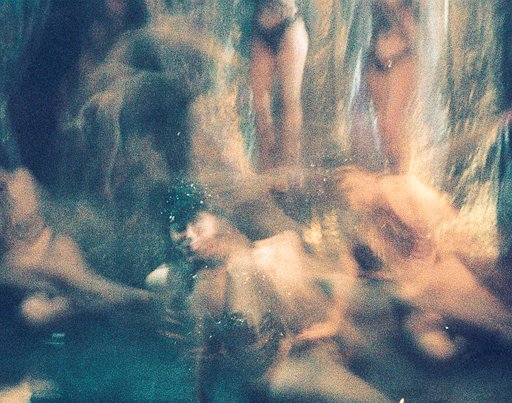

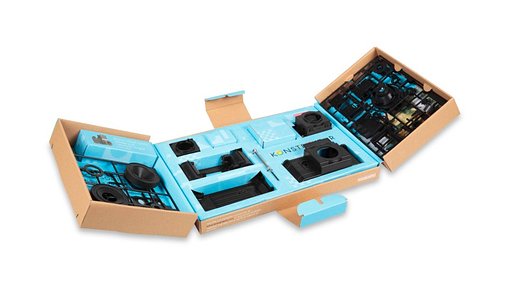



ไม่มีความคิดเห็น